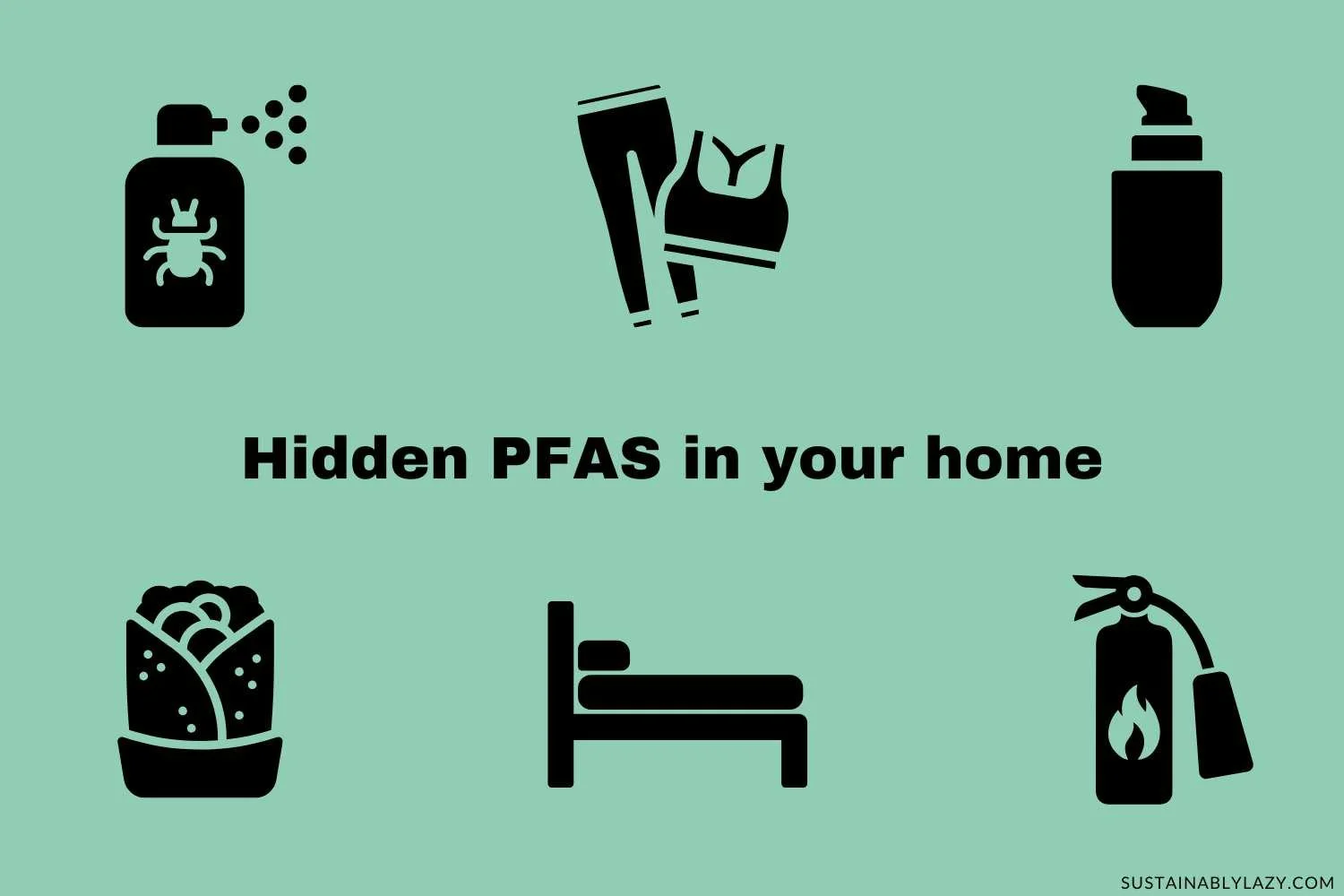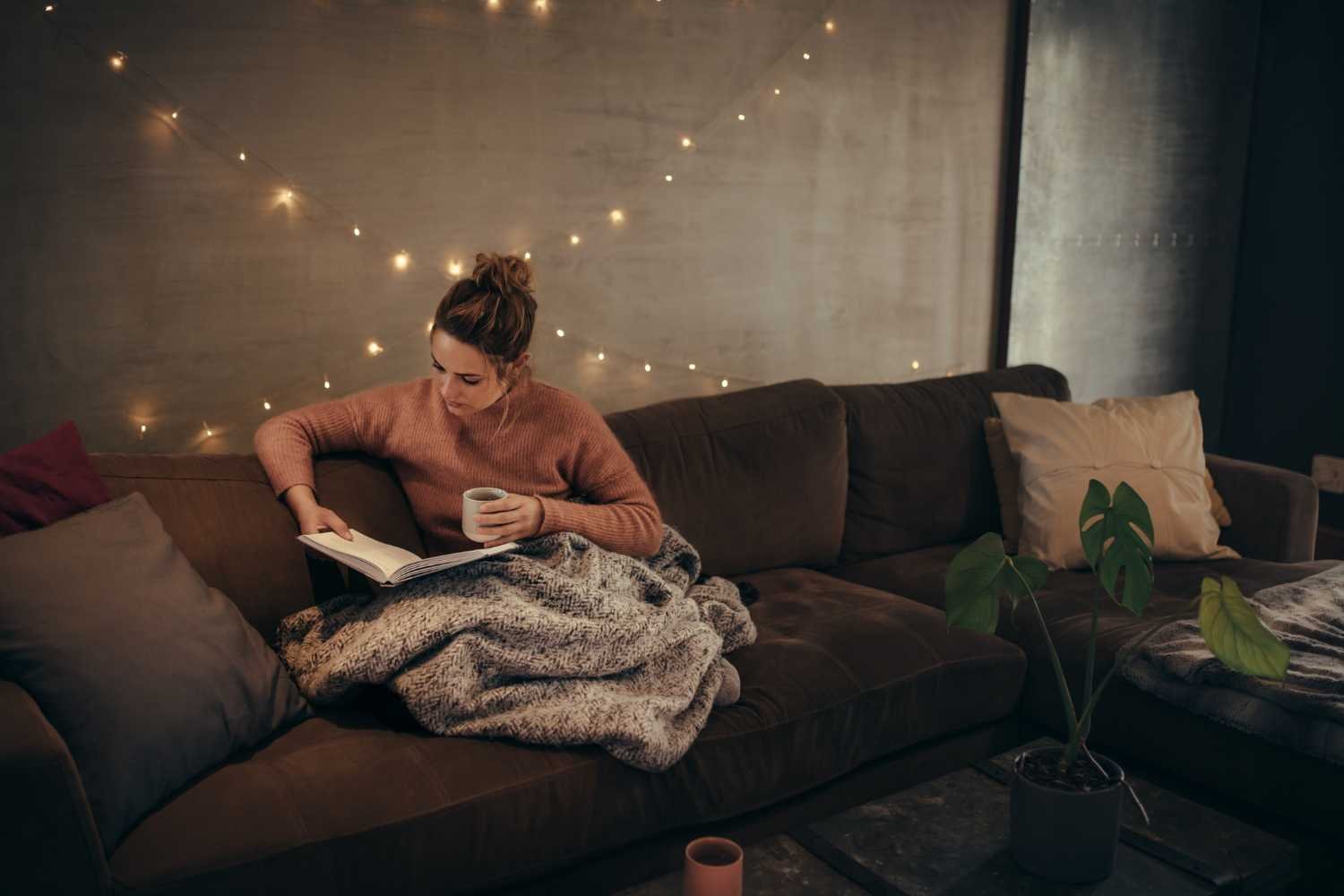25 Simple Ways To Reduce Water Waste In Your Home + Garden
This blog post contains affiliate links* to sustainable brands
Did you know the average 5 person household uses 523 litres of water each day?
Shocking, isn’t it?
And you’re not off the hook if you live alone because a single-person household uses roughly 149 litres.
Until you look into it, it’s hard to picture just how much water you rely on in everyday life. From the appliances in your home to the products you buy.
You may even be thinking, we get loads of rain so what does it matter how much water I use?
It’s a valid question, we certainly do get a lot of rain here in the UK! The problem is, we use way more than the (badly maintained) infrastructure can access.
In fact, it’s estimated the UK will suffer water shortages within 20 years thanks to climate change and increasing demand. A scary thought, huh?
Water shortages
What is more concerning is that water shortages are a real problem for millions of people around the world who have tiny carbon footprints compared to us in the West.
Climate change is only going to cause more poverty and inequality for people who don’t have the resources to cope with more extreme weather.
In the UK we are very lucky to have clean running water from our taps. Overseas, water is scarce and the hotter temperatures and rising sea levels are making clean drinking water even less accessible.
COMING UP
If you want to help protect the planet’s water, there are lots of individual actions you can take. I’m going to list 25 of them today, alongside more eye-opening statistics so you can identify any problem areas in your home and reduce your water footprint.
PS - feel free to use any of my graphics on social media so we can spread the word about this really important issue.
What is a water footprint?
15 Important statistics about water consumption and climate change
25 Actions to reduce water consumption in your home and garden
What is a Water Footprint?
A water footprint is an estimation of the water used to make the products we buy and includes the type of water used.
It is measured over the whole supply chain of a product, for example, in a t-shirt, it would include the water used to grow the cotton all the way to the processing and dying of the fabric.
We rely on overseas manufacturers, often in developing countries, to create many of the items we use, eat and wear.
As freshwater is a limited resource that makes up 3% of the planet’s water (although less than 1% can be used as drinking water), it is important individuals and businesses understand their water footprint so they can reduce their impact.
15 Statistics about water
These statistics on water waste cover household consumption, waste and the effects of climate change and system failures.
Water consumption and waste
🌧 30% of clean drinking water in the home is used to flush the toilet. Older toilet models can use 20-30 litres per flush!
🌧 Baths use the most water with one bath using 80 litres, compared to 46 litres in the average shower.
🌧 A garden hose can use enough water to fill 12 baths every hour
🌧 In 2020, approximately 2.54 billion litres of bottled water were consumed in the UK
🌧 In England, 3 billion litres of water are being lost every day to leaky pipes according to a 2018 report by the Environmental Agency.
🌧 The amount taken from groundwater and rivers is damaging to the habitats of wetlands and harmful to wildlife. In 2017, 15% of rivers weren’t meeting good ecological status.
These graphics are the perfect size for Instagram. If you tag me @sustainablylazy I will share your post.
water footprint statistics
🌧 From growing the cotton to dying the fabric, it takes approximately 20,000 litres to produce a pair of jeans and one t-shirt.
🌧 It is estimated that 1kg of beef requires 15,400 litres, followed by lamb at 10,400.
🌧 300 trillion litres of water goes into producing food that is wasted (⅓ of food produced for people is wasted).
🌧 The water footprint of an egg is 236 litres.
Climate change and water
🌧Around 450 million children do not have enough water to meet their everyday needs.
🌧 Rising temperatures can lead to deadly pathogens in freshwater sources; water diseases are one of the leading causes of death in children under 5 years old.
🌧 Every day, over 700 children under 5 die from diarrhoea linked to inadequate water, sanitation and hygiene.
🌧 The South East of England is facing the greatest pressure on public water supplies. It is predicted there will be shortages within 20 years.
🌧 As sea levels rise, coastal communities worldwide could lose up to 50% more of their freshwater supplies due to contamination with saltwater.
As you can see, conserving water isn’t just a matter of necessity, it’s a social justice issue. While we can certainly try to use less water at home and reduce our individual water footprint, there are much bigger actions to be taken to create change at a higher level.
Individual actions to reduce your water consumption
Here are three categories of tips for reducing your household water consumption. The first section is how to reduce water waste in your home, the second section covers your garden and outdoor areas, and lastly your water footprint.
How to reduce water waste in your home
You can use the Water Footprint Network’s calculator to work out your individual water footprint.
Swap baths for showers and keep them as short as possible.
A power shower can use up to 17 litres of water a minute. Switching to a more efficient showerhead can reduce your energy bills too.
Put a few drops of food colouring in your toilet tank. If the colouring begins to appear in the bowl (without flushing) you have a leak that may be wasting more than 450 litres of water a day.
A dishwasher uses less water than washing by hand.
Only do full loads in your washing machine and dishwasher and use eco settings.
Find creative ways to reuse water around your home, for example, catching shower water while it’s heating up could be used to wash fruit and vegetables or water houseplants.
Turn the tap off while you shave and brush your teeth.
Steam veggies instead of boiling them.
Turn your tap off when washing fruit and vegetables. Wash any soil or pesticide residue off in a bowl of water.
How to reduce water in your garden
85,000 litres of rain falls on your roof every year. Get a water butt for your garden to catch it.
Evergreener is a UK brand that manufactures water butts* and compost bins from recycled plastic. They also sell mini rainsaver kits for small gardens and decorative ones covered in flowers or in neutral colours, like this cream waterbutt*.Let your lawn go brown during the summer months when it’s dry, it will recover!
Instead of watering your lawn, leave saucers of water out for animals, birds and insects during hot weather.
Water your garden early in the morning and in the evening so it’s less likely to evaporate straight away.
Cut your water by 33% by watering plants manually instead of with sprinklers.
Use a pail of water to wash your car instead of the hose.
Sweep your paths and driveway instead of washing them with the hose.
Check for leaky pipes outside the house as these can be even more wasteful than inside.
How to reduce your water footprint
Buy your clothing second hand, or from responsible brands that are conscious of their water footprint, for example, those that only use organic and recycled materials or fabrics that don’t need much water, like Tencel, linen and hemp.
Reduce your food waste (this could also save you £540 a year!)
Choose local seasonal food and drink where possible
Reduce the amount of meat and dairy you eat and drink
Consider swapping coffee for tea and reducing your sugar.
If you don’t want to change your lifestyle (or can’t) then choose products that come from areas that aren’t water-scarce.
If you have the space, have a go at growing your own food. It can be really rewarding and a great way to cut down on plastic waste.
Have you got any more tips for reducing water at home or in your garden? Share them in the comments below!



















